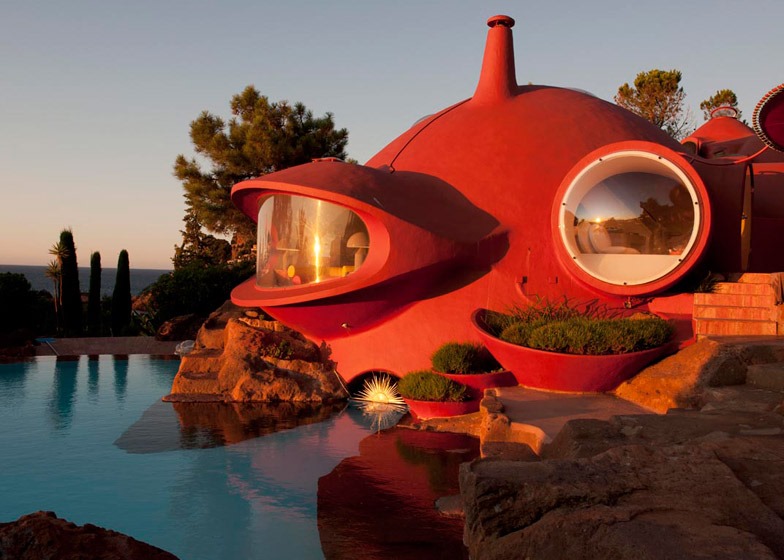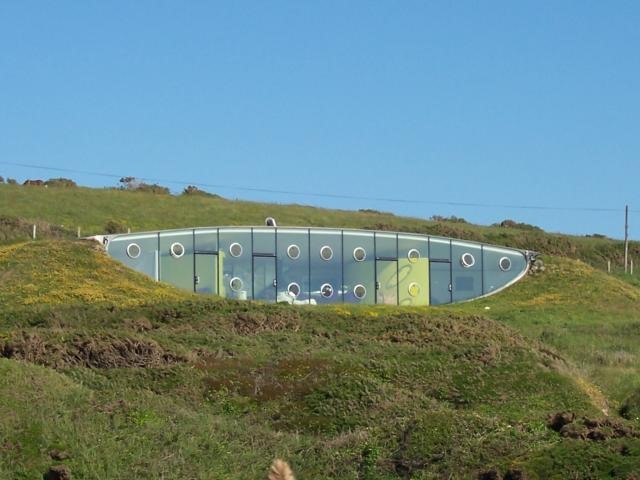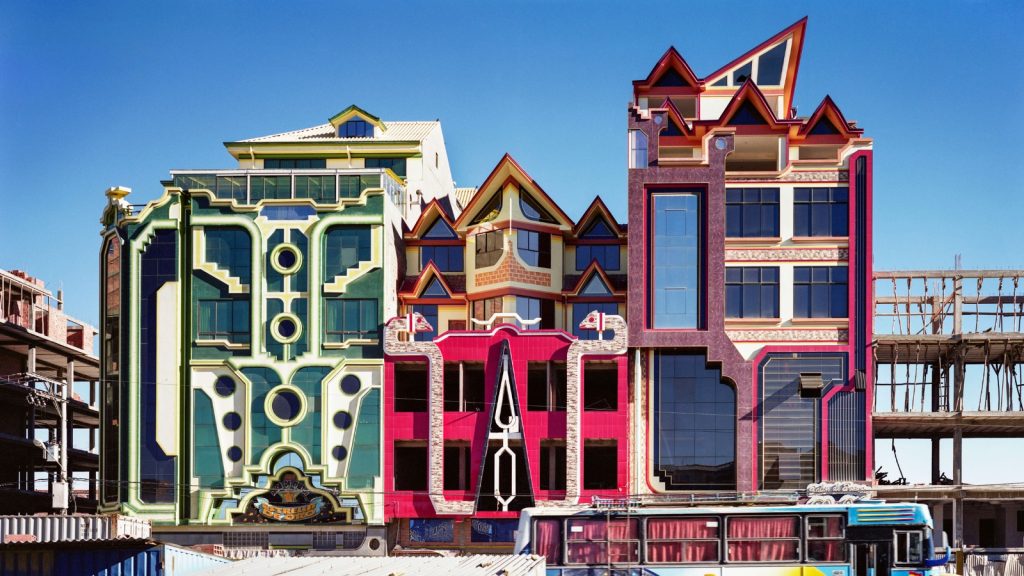
Discover Rare And Innovative Home Designs Worldwide
- Antti Lovag, Bubble Palace (1989)
Antti Lovag was a Hungarian-French architect known for his innovative and unconventional designs, particularly the Bubble Palace (Palais Bulles) built in 1989. Here are some facts about Antti Lovag and the Bubble Palace:
- Architectural Visionary: Antti Lovag was renowned for his visionary and avant-garde architectural ideas. He rejected traditional rectangular designs in favor of curved and organic shapes.
- Bubble Palace Concept: The Bubble Palace, located in Théoule-sur-Mer on the French Riviera, is a striking example of Lovag’s unique design philosophy. The house consists of interconnected bubble-like spaces, giving it a futuristic and otherworldly appearance.
- Organic Architecture: Lovag’s architectural style is often described as “habitology,” focusing on the harmony between human habitation and the natural environment. The Bubble Palace’s flowing and interconnected spaces reflect his commitment to organic architecture.
- Bubble Structure: The Bubble Palace is composed of interconnected, spherical or dome-like rooms, each with its own unique function. The design blurs the lines between indoor and outdoor living, with panoramic views of the surrounding landscape and the Mediterranean Sea.
- Custom Furniture: Lovag not only designed the structure but also custom-designed the furniture, fittings, and fixtures for the Bubble Palace, ensuring a cohesive and harmonious living space.
- Famous Residents and Events: The Bubble Palace has attracted a number of notable residents and has been the venue for high-profile events and parties, including fashion shows, movie shoots, and celebrity gatherings.
- Challenging Construction: The construction of the Bubble Palace posed significant engineering challenges due to its unconventional shape and use of materials. Lovag collaborated closely with a team of architects and engineers to bring his vision to life.
- Influence on Design: Lovag’s Bubble Palace has had a lasting influence on modern architecture and design. Its innovative form and disregard for traditional norms have inspired architects to explore new possibilities in residential design.
- Continued Legacy: The Bubble Palace continues to capture the imagination of architecture enthusiasts and remains a symbol of creative experimentation and boundary-pushing in the field of design.
- A Living Sculpture: Lovag envisioned his architectural creations as “habitable sculptures.” The Bubble Palace embodies this concept by seamlessly blending art, architecture, and living spaces.
Antti Lovag’s Bubble Palace stands as a testament to his bold and imaginative approach to architecture, challenging conventions and inviting people to reconsider the possibilities of how we live and interact with our surroundings.
2. Théoule-sur-Mer, France, Matti Suuronen, Futuro House (1968)
Théoule-sur-Mer is a picturesque coastal town in the Alpes-Maritimes department of the Provence-Alpes-Côte d’Azur region in southeastern France. Here are some facts about Théoule-sur-Mer and the Futuro House designed by Matti Suuronen:
Théoule-sur-Mer:
- Location: Théoule-sur-Mer is situated along the French Riviera, overlooking the Mediterranean Sea. It is known for its stunning coastal landscapes, sandy beaches, and vibrant blue waters.
- Scenic Beauty: The town is surrounded by the Esterel Massif, a rugged mountain range characterized by red rocks and lush greenery. This natural backdrop adds to the town’s charm and appeal.
- Luxury Destination: Théoule-sur-Mer is renowned for its upscale resorts, luxury villas, and high-end amenities. It has attracted affluent travelers seeking a sophisticated and relaxing seaside retreat.
- Recreational Activities: The town offers a range of outdoor activities, including hiking and water sports such as snorkeling, diving, and boating. The Esterel Massif provides numerous trails for nature enthusiasts.
- Cultural Attractions: Théoule-sur-Mer features cultural attractions such as the Château de la Napoule, a historic castle with beautiful gardens, art exhibitions, and a connection to American sculptor Henry Clews.
Futuro House (1968):
- Futuristic Design: The Futuro House is a distinctive and futuristic architectural design created by Finnish architect Matti Suuronen. It is characterized by its flying saucer-like shape, made of reinforced plastic and fiberglass.
- Modular Construction: The Futuro House was designed to be a prefabricated and portable dwelling. Its modular design allowed for easy assembly and disassembly, making it suitable for a variety of locations.
- Space Age Concept: The Futuro House was conceived during the space age era, and its design was influenced by the optimism and fascination with space exploration that characterized the 1960s.
- Limited Production: Despite its innovative design, only around 100 Futuro Houses were ever produced, and they were deployed in various countries around the world.
- Experimental Living: The Futuro House was intended to represent a new way of living in the modern world, combining minimalist aesthetics with efficient and functional living spaces.
- Iconic Status: The Futuro House has become an icon of mid-century design and is often associated with the utopian ideals of the era. Its unique shape and cultural significance have led to its preservation and restoration in some cases.
- Théoule-sur-Mer Connection: One of the Futuro Houses was installed in Théoule-sur-Mer, becoming an intriguing and unusual addition to the town’s architectural landscape.
The combination of Théoule-sur-Mer’s coastal beauty and the futuristic design of the Futuro House creates a unique and memorable juxtaposition that captures the imagination of those interested in architecture and design history.
3. Future Systems, Malator House (1994) St. Brides Bay, Wales, United Kingdom
Future Systems was a London-based architectural firm known for its innovative and futuristic designs. The Malator House, also referred to as the “Teletubby House,” is one of their notable projects. Here are some facts about Future Systems and the Malator House (1994):
Future Systems:
- Founders: Future Systems was founded by architects Jan Kaplický and Amanda Levete in 1979. The firm gained international recognition for its unconventional and forward-thinking architectural designs.
- Innovative Designs: Future Systems was known for pushing the boundaries of architectural design with innovative forms, materials, and technologies. Their projects often featured bold, curvilinear shapes and organic aesthetics.
- Awards: The firm received several awards for its work, including the Stirling Prize for Architecture in 1999 for the Media Centre at Lord’s Cricket Ground in London.
- Philosophy: Future Systems was influenced by the philosophies of the Archigram movement and the work of avant-garde architects like Buckminster Fuller. They aimed to create architecture that responded to contemporary needs and embraced technological advancements.
Malator House (1994):
- Unique Design: The Malator House, located in Druidston, Wales, is characterized by its partially subterranean design. The house is set into the landscape and features a grass-covered roof that blends with the surrounding hills.
- “Teletubby House”: The Malator House gained the nickname “Teletubby House” due to its resemblance to the homes featured in the children’s television show “Teletubbies.” Its circular, minimalist design contributed to this comparison.
- Sustainable Features: The design of the Malator House incorporates sustainable principles, such as passive solar heating and natural ventilation. The earth-covered roof helps regulate temperature and provides insulation.
- Curved Spaces: The interior of the Malator House features curved walls and open spaces, creating a sense of continuity and fluidity within the living areas.
- Privacy and Views: The design of the house allows for privacy while still offering panoramic views of the surrounding landscape. Large windows and openings frame specific views while maintaining a connection to the outdoors.
- Recognition: The Malator House received attention for its unique design approach, garnering both praise and criticism from architectural and design communities.
The Malator House is a testament to Future Systems’ commitment to innovative design and their exploration of unconventional architectural concepts. It remains a distinctive example of architecture that engages with the natural environment and challenges traditional notions of form and function.
4. Jarmund/Vigsnӕs Arkitekter, The Red House (2002)
The Red House, designed by Jarmund/Vigsnæs Arkitekter, is a significant architectural project known for its unique design and use of color. Here are some facts about The Red House (2002):
- Architectural Firm: Jarmund/Vigsnæs Arkitekter is a Norwegian architectural firm founded by Einar Jarmund and Håkon Vigsnæs. The firm is known for its modern and innovative designs.
- Location: The Red House is located in Oslo, Norway. It is situated in a residential neighborhood and stands out for its distinctive red exterior.
- Design Concept: The Red House features a striking red wooden facade that contrasts with the surrounding landscape. The architects aimed to create a bold and eye-catching presence while harmonizing with the existing built environment.
- Residential Project: The Red House is a private residence designed for a family. It showcases a thoughtful balance between public and private spaces, optimizing the living experience for the inhabitants.
- Interior and Exterior Connection: The design of The Red House emphasizes the connection between the interior and the exterior. Large windows and openings provide ample natural light and views of the garden.
- Materiality: Wood is a prominent material used in the construction of The Red House, both for its structural elements and its facade. The natural warmth of wood complements the vibrant red color.
- Functional Layout: The Red House’s layout is organized around a central atrium that provides an open and airy feeling to the interior spaces. This design approach enhances natural ventilation and promotes a sense of openness.
- Color Palette: The iconic red color of the exterior gives The Red House its name. The choice of color adds a sense of energy and playfulness to the design while maintaining a sense of harmony with the surrounding landscape.
- Awards and Recognition: The Red House has garnered attention within the architectural community and has been recognized for its innovative design and use of color.
- Respect for Context: While The Red House stands out with its unique appearance, it is also respectful of its context and surroundings, adding to the architectural richness of the neighborhood.
- Landscape Integration: The garden surrounding The Red House contributes to the overall design concept, enhancing the relationship between the building and its natural environment.
The Red House by Jarmund/Vigsnæs Arkitekter exemplifies the firm’s commitment to modern design, innovative use of materials, and thoughtful integration with the surroundings. Its bold red exterior and attention to interior spaces make it a noteworthy architectural project.
5. New Andean Architecture, Bolivia
New Andean Architecture, also known as Neo-Andean Architecture, is a movement that has gained prominence in Bolivia and other Andean countries. It represents a contemporary approach to architecture that draws inspiration from traditional Andean building techniques, materials, and cultural heritage. Here are some facts about New Andean Architecture in Bolivia:
- Cultural Roots: New Andean Architecture seeks to reconnect with the cultural roots and architectural traditions of the Andean region. It often incorporates indigenous design elements, materials, and construction methods.
- Materiality: The movement emphasizes the use of local and sustainable materials, such as adobe, stone, and wood, which have been used for centuries in the Andean region. These materials are not only eco-friendly but also reflect the region’s history.
- Adaptation to Climate: New Andean Architecture takes into account the harsh environmental conditions of the Andes, including extreme temperatures and high altitudes. Designs are often optimized for thermal comfort and energy efficiency.
- Integration with Landscape: Buildings designed under the New Andean Architecture movement often harmonize with the natural landscape. They may be terraced into the mountainside or blend seamlessly with the surroundings.
- Cultural Identity: The movement promotes a sense of cultural identity and pride by incorporating elements from indigenous Andean cultures. This includes architectural motifs, colors, and symbols that hold cultural significance.
- Innovation and Modernity: While rooted in tradition, New Andean Architecture also embraces modern architectural techniques and design principles. It aims to create a bridge between the past and the present.
- Community Engagement: Many New Andean Architecture projects involve collaboration with local communities. Architects work closely with residents to understand their needs and incorporate their input into the design process.
- Architectural Pioneers: Architect Freddy Mamani Silvestre is often credited with popularizing the New Andean Architecture movement in Bolivia. His vibrant and geometric designs have become iconic symbols of the movement.
- Bolivian Identity: New Andean Architecture has contributed to a renewed sense of pride in Bolivian culture and heritage. It has also attracted international attention and admiration for its unique approach.
- Tourist Attractions: Many New Andean Architecture projects, especially in cities like La Paz and El Alto, have become tourist attractions in their own right. Travelers visit these sites to admire the vibrant colors, intricate patterns, and innovative designs.
The New Andean Architecture movement represents a fusion of tradition and modernity, creating buildings that not only serve functional purposes but also celebrate the rich cultural heritage of the Andean region.










